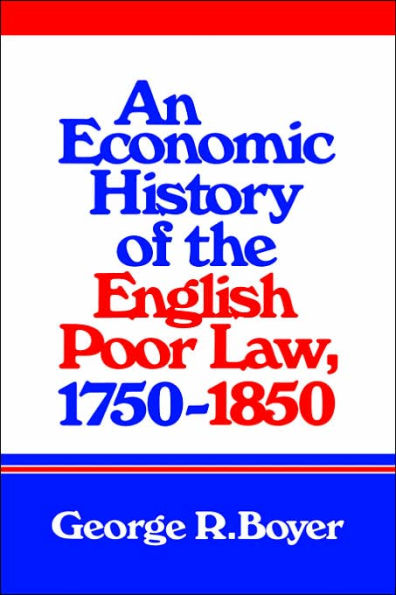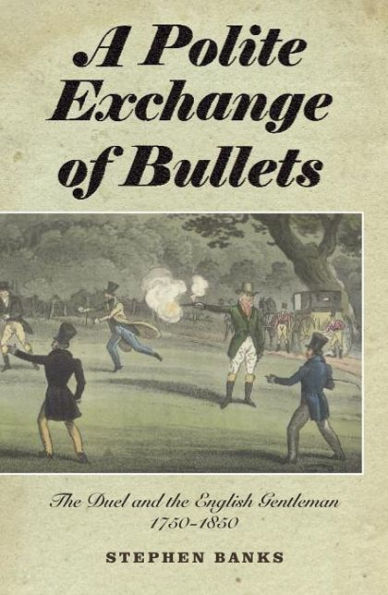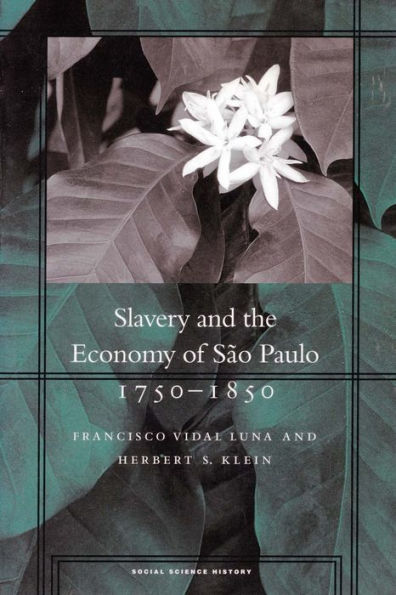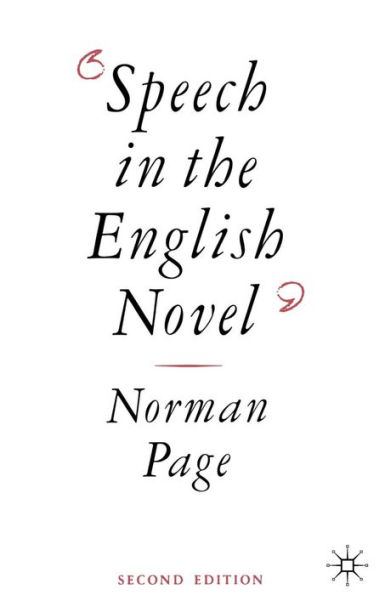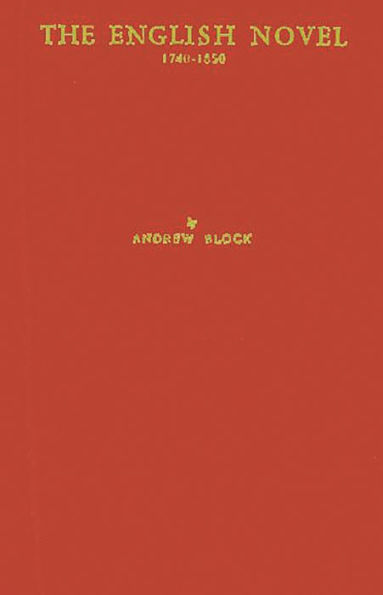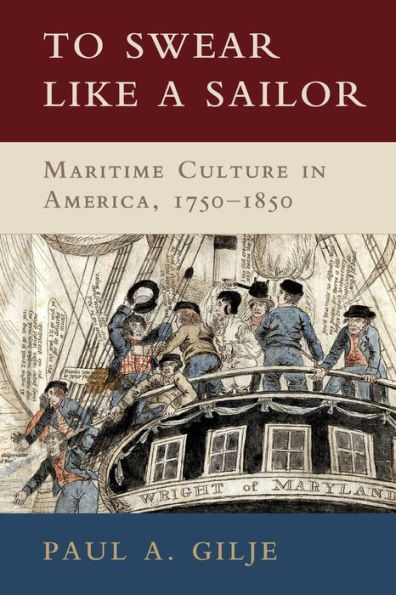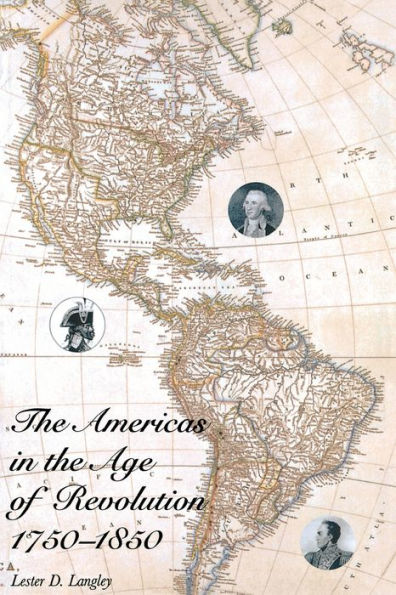Home
Epigraphs the English Novel 1750-1850: Seducing Reader
Barnes and Noble
Epigraphs the English Novel 1750-1850: Seducing Reader
Current price: $125.00
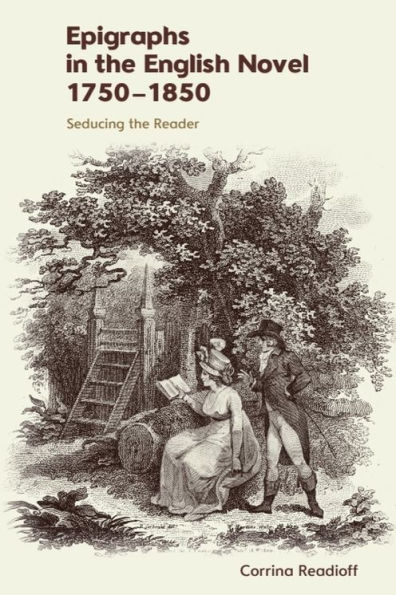

Barnes and Noble
Epigraphs the English Novel 1750-1850: Seducing Reader
Current price: $125.00
Size: Hardcover
Loading Inventory...
*Product information may vary - to confirm product availability, pricing, shipping and return information please contact Barnes and Noble
Seducing the Reader
uncovers the early history of the epigraph, narrating the surprising story of how this long-overlooked feature morphed from moral didactic heading to Gothic tag-line to witty realist commentary within a single century. Adorning fictional narratives of rakes and sex workers, oppressed heroines and Jacobite heroes, the epigraph has been used by authors to preach, teach, amuse, or even completely misdirect their readers. Supported by a survey of pre-chapter paratext in nearly 6000 novels from 1750 to 1850, this monograph explores the changing influences upon and functions of epigraphs over time via detailed close readings and literary criticism. Focusing upon key generic developments, this book adopts a case-study style format to examine epigraphic usage in the works of canonical authors including Sarah Fielding, Ann Radcliffe, Charlotte Smith, Walter Scott, and Elizabeth Gaskell alongside those of less well-known novelists such as William Chaigneau, Elizabeth Helme, and Catherine Gore.
uncovers the early history of the epigraph, narrating the surprising story of how this long-overlooked feature morphed from moral didactic heading to Gothic tag-line to witty realist commentary within a single century. Adorning fictional narratives of rakes and sex workers, oppressed heroines and Jacobite heroes, the epigraph has been used by authors to preach, teach, amuse, or even completely misdirect their readers. Supported by a survey of pre-chapter paratext in nearly 6000 novels from 1750 to 1850, this monograph explores the changing influences upon and functions of epigraphs over time via detailed close readings and literary criticism. Focusing upon key generic developments, this book adopts a case-study style format to examine epigraphic usage in the works of canonical authors including Sarah Fielding, Ann Radcliffe, Charlotte Smith, Walter Scott, and Elizabeth Gaskell alongside those of less well-known novelists such as William Chaigneau, Elizabeth Helme, and Catherine Gore.
